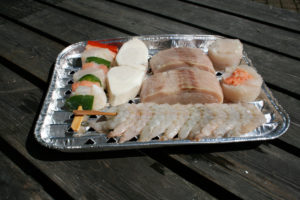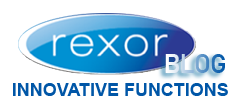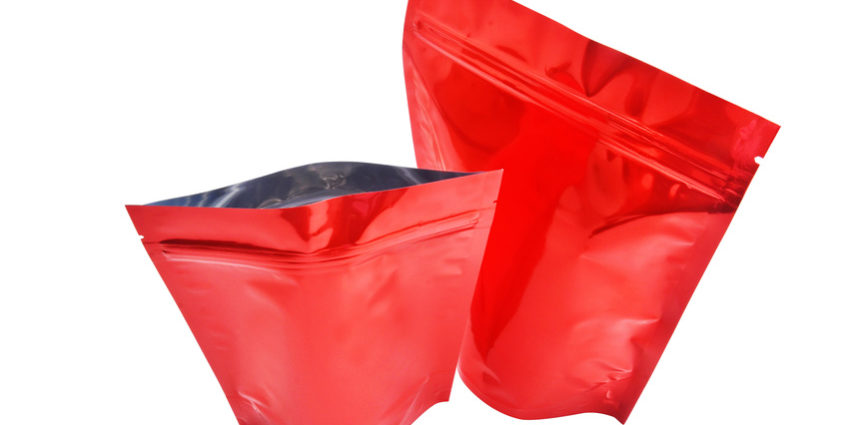
Aluminum foil has been used for decades in food packaging. There are several reasons for this success. Firstly, aluminum gives flexible packaging very important barrier properties. Whether in water vapor resistance (WVTR) or oxygen resistance (OTR), the values are the best that can be found.
Aluminum also has the advantage of having a shape memory. This allows applications such as blisters for drug packs.
Finally, it also has a very good heat resistance.
THE DOWNSIDE IN THE USE OF ALUMINUM FOIL
With such good characteristics, why would you want to replace aluminum foil? First of all, there is an economic reason. Aluminum is an expensive material, and is subject to very high price volatility. In 2016, prices surged with an increase of more than 20% (Source Character of March 2017). This increase is expected to continue in 2017.
Aluminum also suffers from a bad image. It has a reputation of being a polluting product. Its extraction and production are very energy intensive and the rejects, especially red mud have adverse effects on the soil.
Moreover, the aluminum is ‘heavy’. In comparison, 1m² of 12µ aluminum weighs 32,4g compared to 18g for a coated metallised polyester film of the same thickness, which is 44% less!
Based on these considerations, manufacturers in the flexible packaging sector are redoubling their efforts to find alternative solutions. There are therefore three factors to consider: to find a product that offers similar levels of barriers, which is more virtuous in terms of sustainable development and all at competitive prices. The solutions presented below meet this threefold objective. Some are more oriented towards sustainable development and others towards prices.
THE ALTERNATIVES
- There is first the paper coated with PVDC. The paper has a noble image in the mind of the consumer. It is made from renewable material, and presents no problem to be recycled or to be composted. The barrier levels are almost equal to those of aluminum in both OTR (oxygen) and WVTR (water vapor). This material can be used for all flexible packaging applications including sealing and blister packs (drug or chewing gum type).
- Highly-charged metallised polyester is another alternative. The advantages of polyester are many: it has excellent mechanical characteristics, a very good resistance to temperature and fits very well to the food industry. High-adhesion metallized PET can also be used in the cosmetics industry. If it is laminated between two layers of PE, it will fill the barrier functions normally devolved to aluminum foil. Moreover, it will be a 100% plastic solution, and will allow the brand to have a 100% plastic packaging and is also easier to recycle.
- Finally, MFC (Micro-Fibril-cellulose) and NCC (Nano-Crystals Cellulose) are the two possible forms of nano-cellulose (nanoscale cellulose). Making a barrier paper by coating it with MFC or NCC seems very promising, especially for oxygen resistance. The manufacture of barrier packaging from MFC or NCC on an industrial scale has not yet taken place. By its promises (barrier, renewable, recyclable …) this type of packaging answers several problems of large groups.
The replacement of the aluminum foil is on the agenda of many major brands in the food industry, but also in healthcare products. There are alternatives today, but they still cannot completely match aluminum foil in terms of barrier level. However, this is the essential condition, because this level of barrier makes it possible to fight against food wase (see Les emballages alimentaires: un mal nécessaire ?). It is a trend in this market, but at the moment everything remains to be done.

